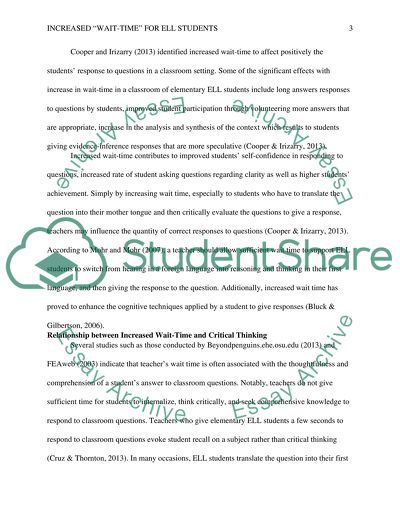Cite this document
(“Effects of Increased Wait-Time on the Quantity of Correct Responses Essay”, n.d.)
Effects of Increased Wait-Time on the Quantity of Correct Responses Essay. Retrieved from https://studentshare.org/education/1484191-action-research-project
Effects of Increased Wait-Time on the Quantity of Correct Responses Essay. Retrieved from https://studentshare.org/education/1484191-action-research-project
(Effects of Increased Wait-Time on the Quantity of Correct Responses Essay)
Effects of Increased Wait-Time on the Quantity of Correct Responses Essay. https://studentshare.org/education/1484191-action-research-project.
Effects of Increased Wait-Time on the Quantity of Correct Responses Essay. https://studentshare.org/education/1484191-action-research-project.
“Effects of Increased Wait-Time on the Quantity of Correct Responses Essay”, n.d. https://studentshare.org/education/1484191-action-research-project.


